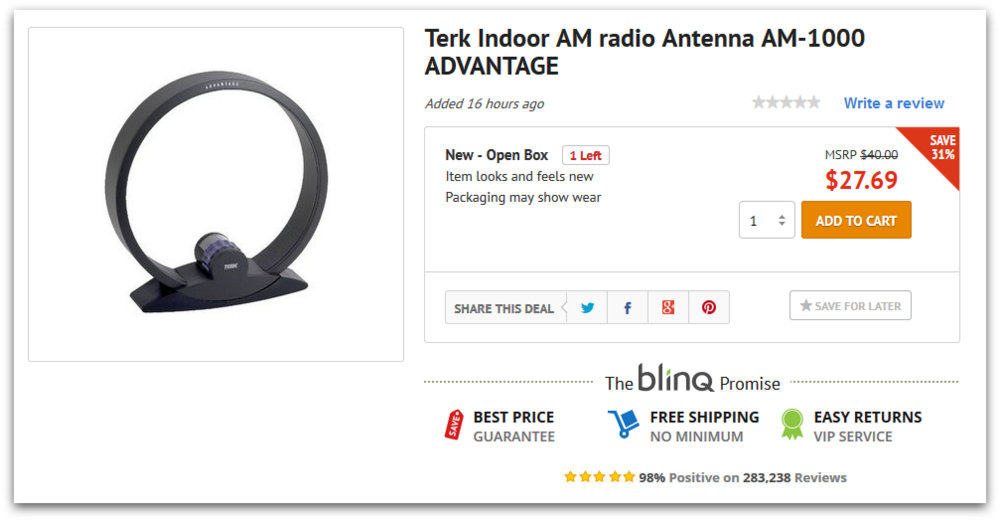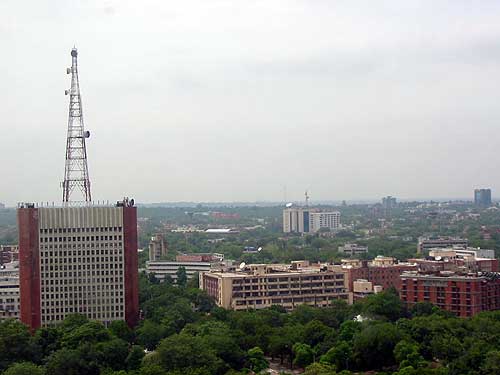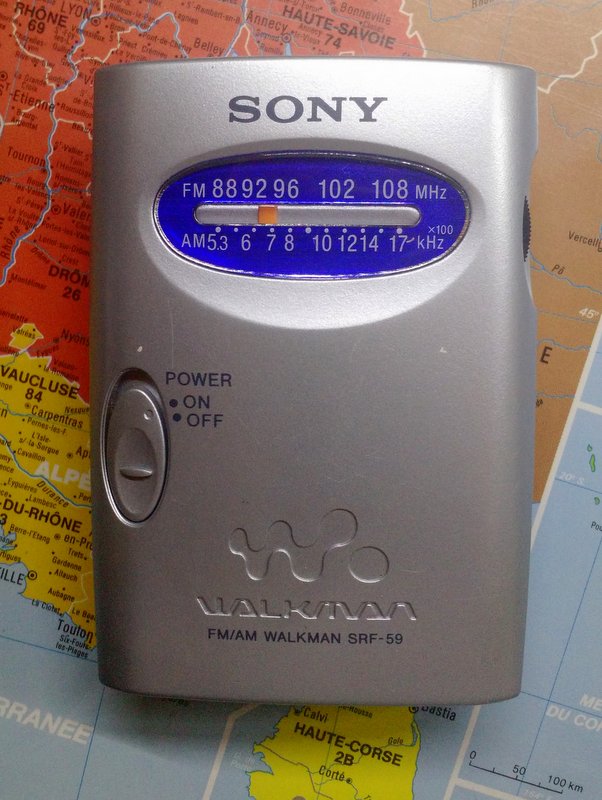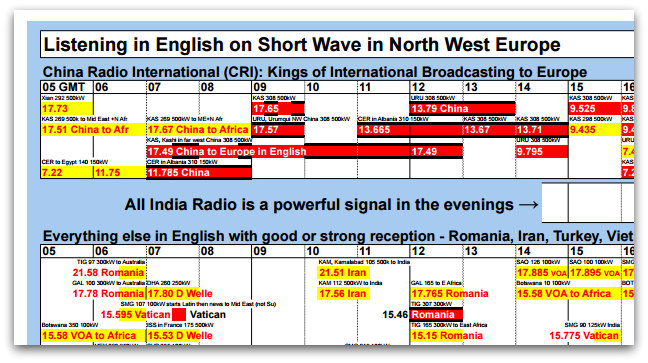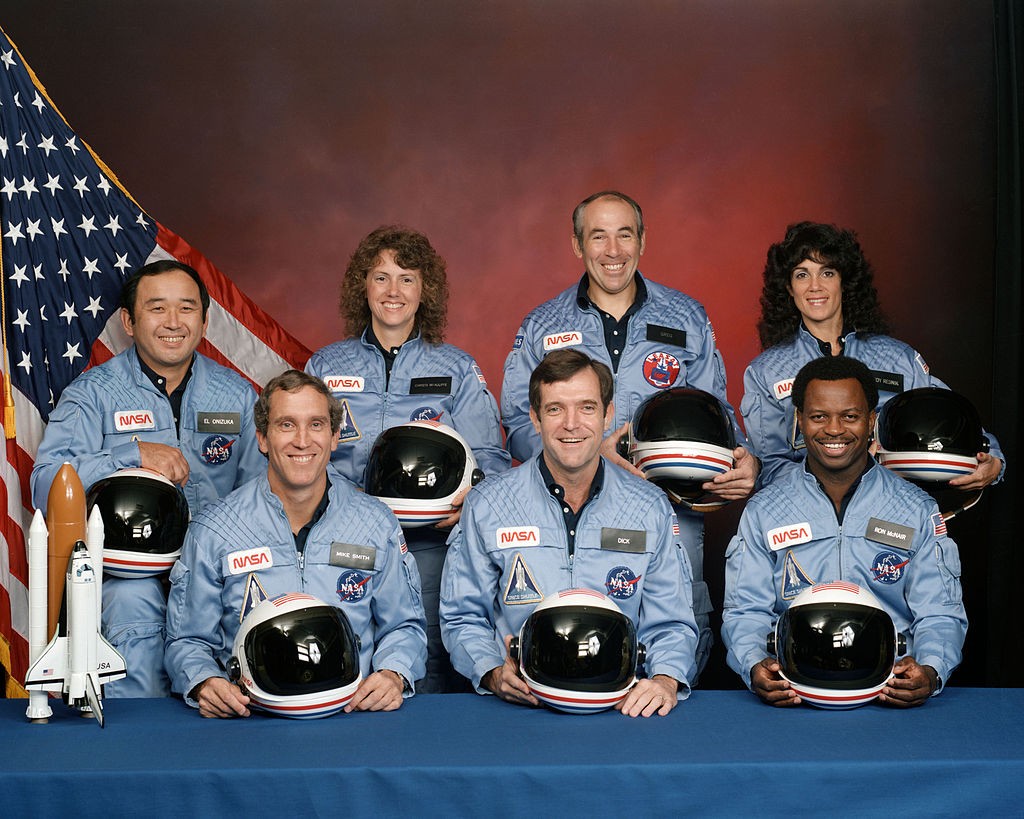
STS-51-L crew: (front row) Michael J. Smith, Dick Scobee, Ronald McNair; (back row) Ellison Onizuka, Christa McAuliffe, Gregory Jarvis, Judith Resnik.
Many thanks to SRAA contributor, Tom Laskowski, who submits the following notes with his timely off-air recording of the BBC World Service from January 28, 1986:
Thirty years ago today the US Space program came crashing down with the explosion of the Space Shuttle Challenger.
I was a student at Purdue University at the time, living in a dormitory.
I decided to make some recordings knowing this would be a historic event.
This is a recording I made of the BBC on the evening of Jan 28 (0200 UTC on January 29). The frequency was most likely 5975 kHz or 9590 kHz. The dorm environment didn’t make a great place for SWL reception and the recording is noisy but still of decent quality.
Recorded using a Sony ICF-2001 with a wire attached to a window screen for an antenna.
Click here to download the recording as an MP3, or simply listen via the embedded player below:
Thank you so much for sharing this recording, Tom. What a brilliant way to remember and honor the Challenger crew.

